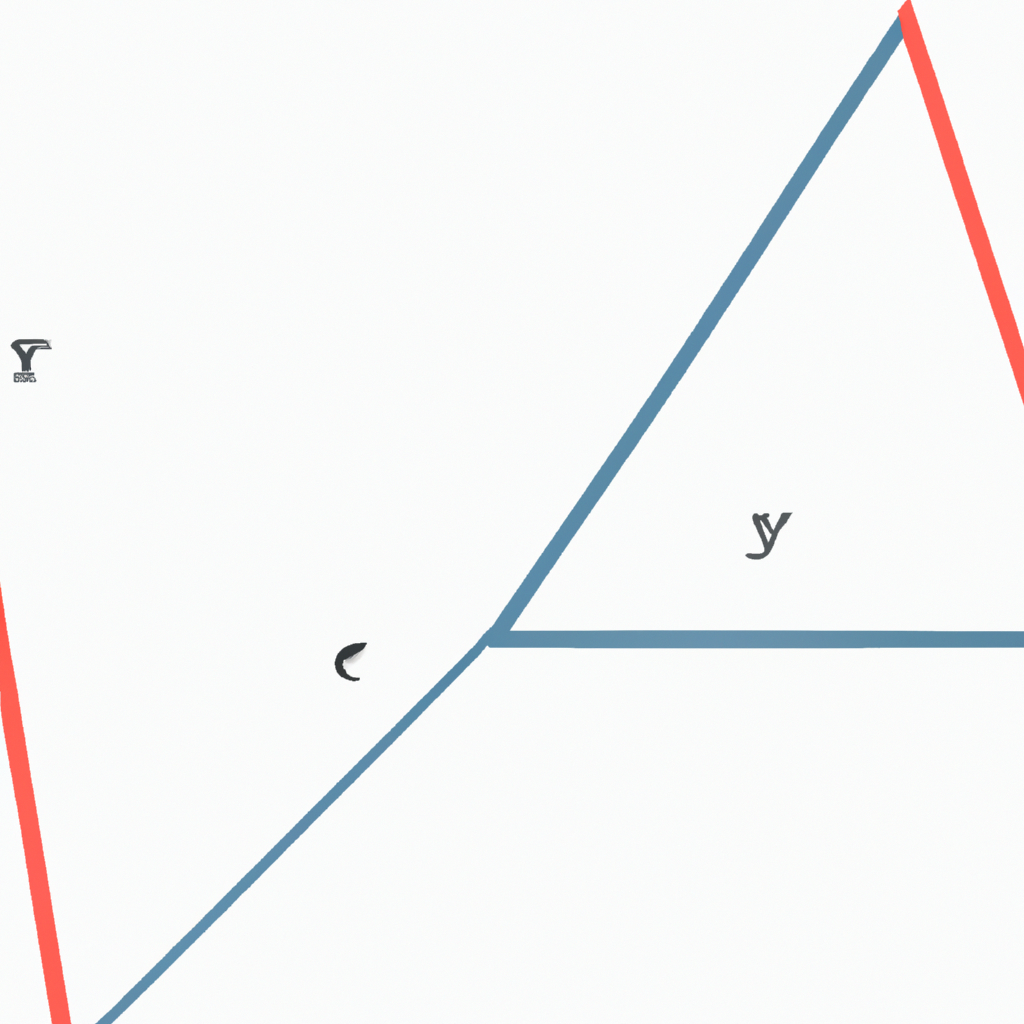Moving Averages Analysis: A Powerful Tool for Technical Analysis
When it comes to technical analysis in the financial markets, moving averages are a popular and effective tool. By calculating the average price of a security over a specific period, moving averages provide valuable insights into market trends, support and resistance levels, and potential entry or exit points for traders and investors. In this article, we will explore the concept of moving averages and how they can be used to analyze financial data.
What are Moving Averages?
Moving averages are statistical calculations that help smooth out price data over a given period. They provide a clearer picture of the underlying trend by reducing short-term price fluctuations. By plotting moving averages on a chart, analysts can identify patterns and trends that may not be evident in raw price data alone.
Types of Moving Averages
There are several types of moving averages commonly used in technical analysis:
- Simple Moving Average (SMA): The SMA is the most basic form of moving average, calculated by summing up a specific number of prices over a given period and then dividing by that period.
- Exponential Moving Average (EMA): The EMA gives more weight to recent prices, making it more responsive to current market conditions. It assigns exponentially decreasing weights to older data points.
- Weighted Moving Average (WMA): The WMA assigns different weights to different data points, giving more importance to recent prices.
How to Use Moving Averages for Analysis
Moving averages can be used in various ways to analyze financial data. Here are some common techniques:
Identifying Trends
One of the primary uses of moving averages is to identify trends in the market. By plotting a moving average on a price chart, traders can easily determine whether the market is in an uptrend, downtrend, or ranging. When the price is consistently above the moving average, it indicates an uptrend, while a price below the moving average suggests a downtrend.
Support and Resistance Levels
Moving averages can also act as support or resistance levels. In an uptrend, the moving average often acts as a support level, where the price tends to bounce off before continuing its upward movement. Similarly, in a downtrend, the moving average can act as a resistance level, preventing the price from rising above it.
Crossovers
Moving average crossovers are significant events in technical analysis. A bullish crossover occurs when a shorter-term moving average crosses above a longer-term moving average, indicating a potential buying opportunity. Conversely, a bearish crossover happens when a shorter-term moving average crosses below a longer-term moving average, suggesting a potential selling opportunity.
Entry and Exit Points
Traders often use moving averages to determine entry and exit points for their trades. When the price crosses above a moving average, it may signal a buy opportunity, while a price crossing below a moving average may indicate a sell opportunity. Additionally, traders may use moving average crossovers or the distance between the price and the moving average to time their entry or exit from a trade.
Conclusion
Moving averages are a powerful tool in technical analysis, providing valuable insights into market trends, support and resistance levels, and potential entry or exit points. By understanding and utilizing moving averages effectively, traders and investors can make more informed decisions in the financial markets. Whether you are a beginner or an experienced analyst, incorporating moving averages into your analysis can enhance your trading strategy and improve your overall success.



